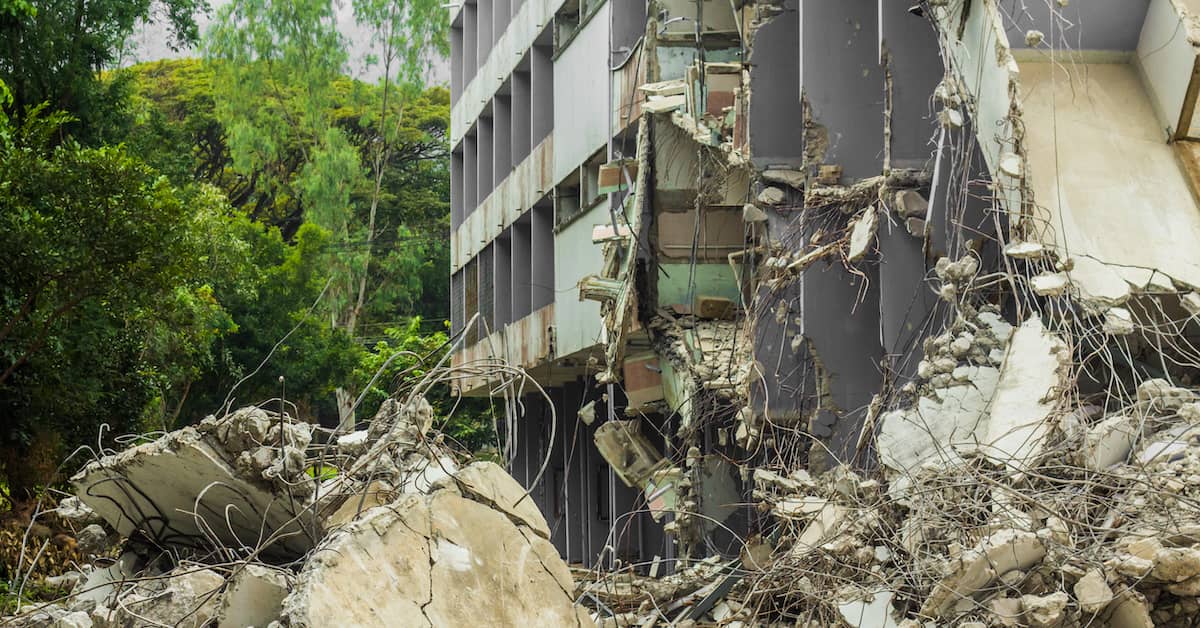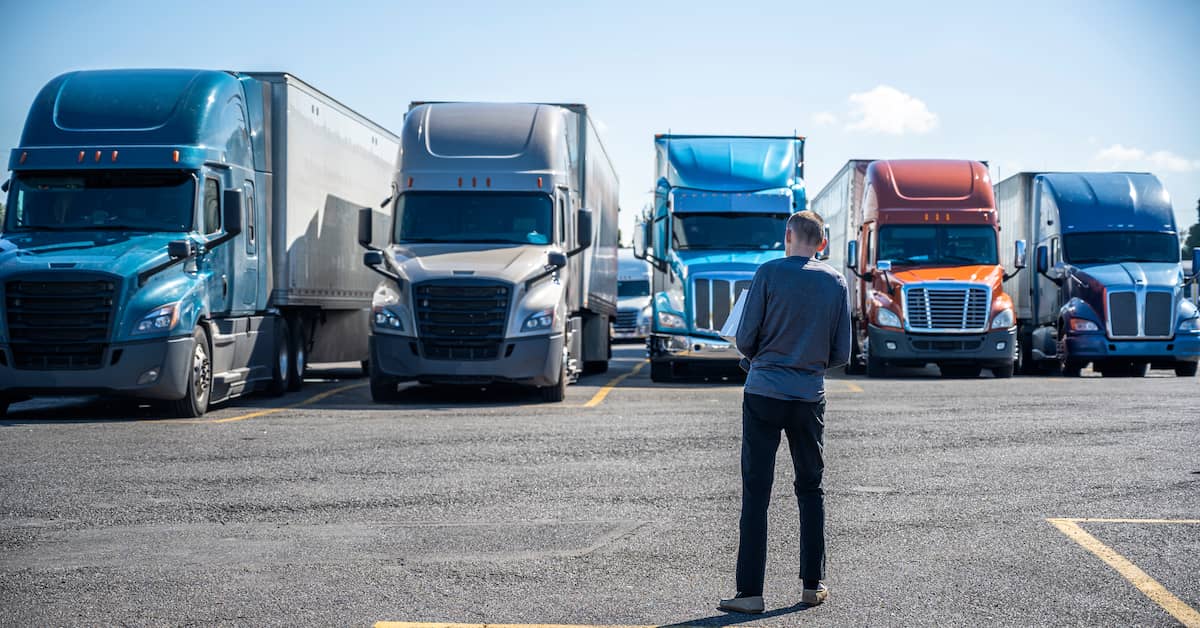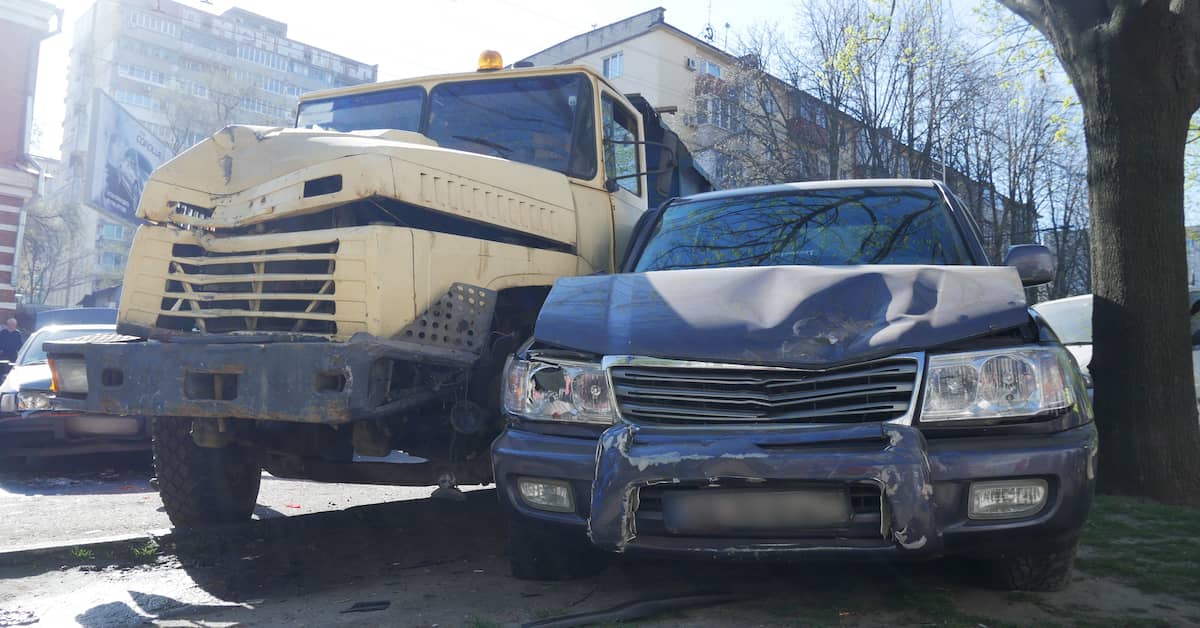
What Is a Structure Failure?
The construction industry is a hazardous one to work in, but there aren’t many construction accidents as dangerous as a structure failure. People in the vicinity of a structural collapse can potentially suffer severe injuries or even die. Those at greatest risk are typically the workers involved in constructing, refurbishing, or demolishing a building.
Following a tragic structural collapse, it is important to establish the reasons behind the failure, determine if negligence was involved, and ascertain what party was responsible for the losses incurred. A construction accident attorney is an essential ally if you’ve been injured or lost a loved one in a structure failure. Call Maggiano, DiGirolamo & Lizzi today at (201) 585-9111 (New Jersey) or (212) 543-1600 (New York) for a FREE consultation.
Structure Failure: What Is It?
Structural failure refers to the loss of load-carrying capacity in a component or element of a structure or the structure itself. Structural failure is often characterized by significant deformation, breaking, or collapse of structures such as buildings, bridges, tunnels, dams, or ships.
Building collapses can be classified into two categories: complete and partial. A complete collapse signifies the entire structure has crumbled, while in a partial collapse, only a section of the building collapses.
A primary concern associated with any structural failure is the risk of a progressive collapse. This situation arises when the breakdown of one or more key structural components leads to the failure of other structural parts. Under such circumstances, what may have been confined damage can endanger the whole building.
Understanding the dynamics of a building collapse is crucial to pinpoint the cause of structural failure. Additionally, it is essential for identifying potential negligence by entities like contractors, subcontractors, property owners, manufacturers, and others. Only when the negligent parties have been established can you pursue compensation for your losses.
Reasons for a Structure Failure
Structural failures can occur due to a wide variety of reasons, but they often trace back to one or more of the following factors:
Design Deficiencies
Design deficiencies happen when designers or engineers miscalculate the load capacity, select inappropriate materials, or make errors in the design. These deficiencies can lead to structures that are unable to support the loads they were designed to carry. An example is the Tacoma Narrows Bridge collapse in 1940, primarily caused by a design that did not adequately account for aerodynamic forces.
Construction Faults
Construction faults occur when structures are not built according to the design specifications. This can be due to poor workmanship, use of substandard materials, or failure to follow the design plans accurately. This includes rushing work and cutting corners to meet deadlines or hiring poorly trained workers.
A notable example is the Hyatt Regency walkway collapse in 1981. A crucial connection in the walkway was modified during construction, severely weakening the structure and resulting in the second most disastrous structure failure accident in U.S. history.
Material Failure
Material failure can occur when the materials used in construction do not perform as expected. This could be due to defects in the materials, incorrect use of materials, or degradation over time. The collapse of the Silver Bridge in 1967 is a classic example. A tiny defect in one of the eyebar links led to the catastrophic failure of the entire bridge.
Extreme Conditions and/or Unanticipated Loads
Sometimes, structures fail due to unanticipated loads or extreme conditions, such as natural disasters. Earthquakes, hurricanes, floods, and fires can exert forces on structures that far exceed what they were designed to withstand. The collapse of the World Trade Center towers in 2001, due to the intense heat caused by burning jet fuel, is a tragic example.
Aging & Lack of Maintenance
All structures age and degrade over time. Without proper maintenance, this can lead to structure failure. Regular inspections and maintenance are essential to catch and repair issues like corrosion, fractures, concrete spalling, or wood rot before they lead to significant problems.
The Ann Street Building collapse in April of 2023 resulted from a few factors, two of which were the age of the building and lack of maintenance. Curbed Magazine reported that there had been 64 Department of Buildings infractions over the years. 6 were still open at the time of the collapse.
Read More: Types of Structural Collapse
What Can We Learn from Past Structure Failures?
The study of structural failures is a crucial aspect of engineering. By understanding why structures fail, engineers can improve the design and construction of future buildings to prevent similar failures. This is often achieved through forensic engineering, the investigation of materials, products, structures, or components that fail or do not function as intended, causing personal injury, property damage, or economic loss.
Investigations of structural failures often involve a combination of on-site investigation, laboratory testing of material samples, and computer modeling to recreate the failure scenario. Through these investigations, engineers can identify the cause of the failure, whether it be design error, construction fault, material failure, or other factors.
Upon determining the cause of the failure, the findings are typically reported back to the engineering community to help educate other engineers and prevent similar failures in the future. Changes may be made to building codes and regulations in light of these findings, further improving the safety of future structures.
Read More: Common Injuries in Building Collapses
Why Call a Construction Accident Lawyer?
Structure failure is a multifaceted issue with a wide range of causes and consequences. It is a serious event that can lead to significant injuries, loss of life, and economic loss. Though careful study and learning from past failures help engineers make our structures safer and more resilient, the victims of these accidents need help now.
If you have been injured or a loved one lost in a devastating structure failure, you may be reeling and wondering how to pursue justice. Contact Maggiano, DiGirolamo & Lizzi now for a FREE case review. We will help determine who is liable for your damages and seek the compensation you deserve. We work with clients in both New Jersey and New York.

















